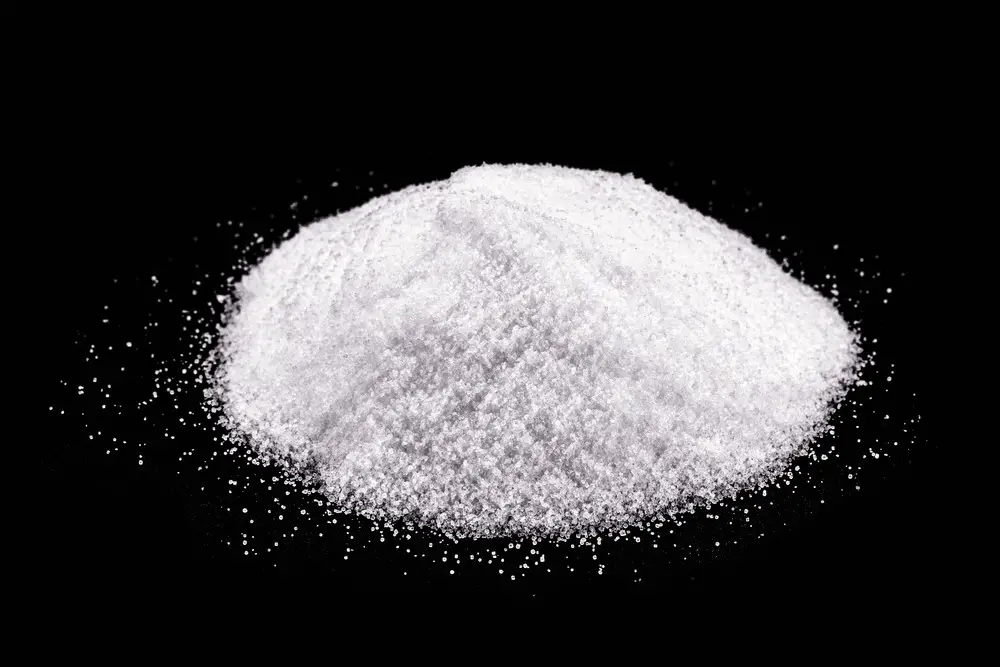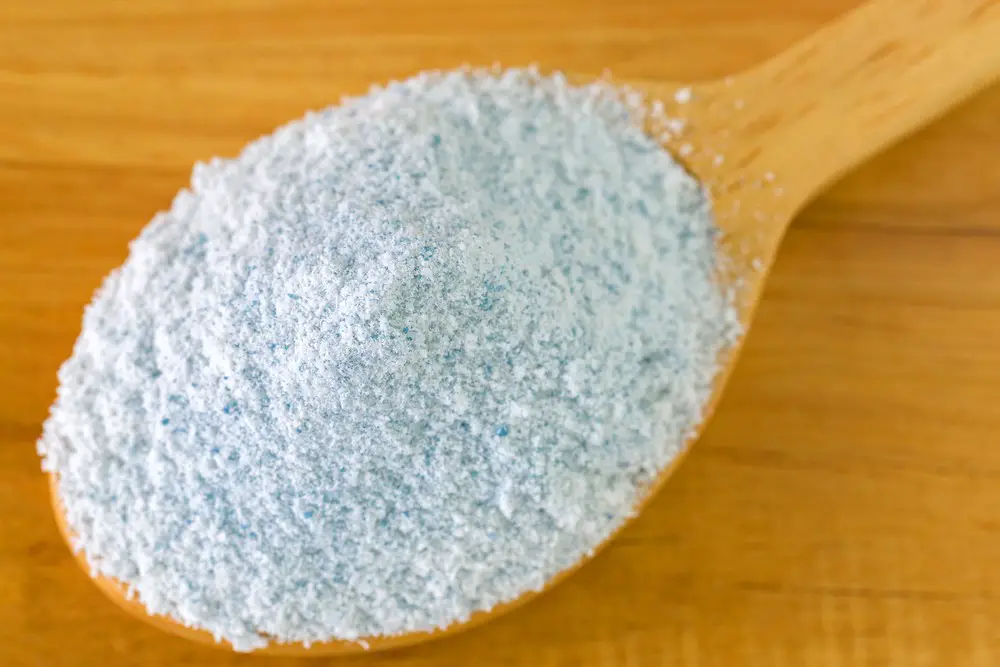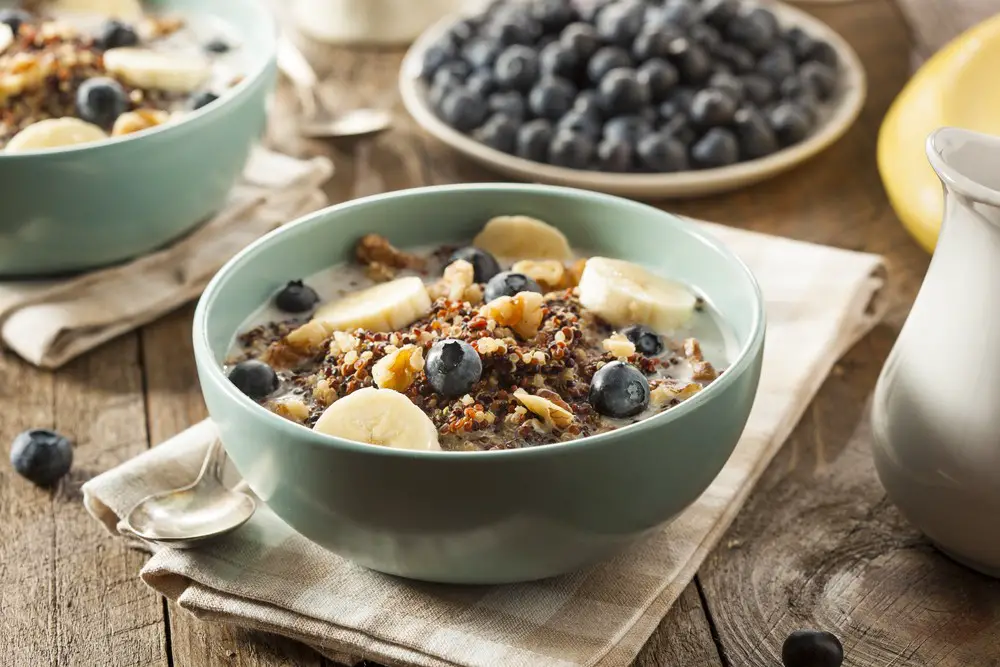Lactic acid is an ingredient found in foods and cosmetics (for exfoliation). Its name suggests it comes from dairy products, but it’s an acid found in several fermented products, giving them their sourness. However, is lactic acid vegan? Here’s an article separating the facts from fiction as far as lactic acid is concerned.
Lactic acid occurs naturally during fermentation caused by bacteria. During fermentation, the bacteria break down carbohydrates for energy, feeding on sugar or glucose. Lactic acid is the byproduct of the process.
Several bacteria produce lactic acid, including Lactobacillus, Streptobacillus, Enterococcus, Lactococcus, and Bifidobacterium. Food manufacturers use lactic acid in several foods, including pickles, jams, and dairy products.
Is Lactic Acid Vegan?
The name for lactic acid is very deceiving, especially for people who want to avoid animal-derived products because the Latin prefix “lac” means milk. The Swedish chemist Carl Wilhelm Scheele named it after isolating lactic acid from sour milk in 1780.
Technically, lactic acid is not a plant, but its cultivation is chiefly from plant sugars. Therefore, is lactic acid vegan?
Usually, the lactic acid found in dairy products and meat comes directly from their fermentation process, meaning it’s not vegan. However, since vegans are not likely to consume these animal products, they don’t eat these foods anyway.
The lactic acid found in vegan foods is produced by fermenting beet sugar or corn starch, meaning that most lactic acid is vegan. However, some lactic acid can originate from lactose (dairy sugar) or other animal products.
Once the lactic acid is in its final form and ready to add to food, it has an identical chemical structure, whatever its origin. Even if it’s from an animal product, it contains no traces of the animal product.
However, most vegans don’t want to consume lactic acid with non-vegan origins, even if there are no animal traces left. We read in Medical News Today that the FDA approves the use of lactic acid, but no laws force manufacturers to disclose the source of the lactic acid used in their products. Still, you can contact manufacturers directly for more information to ascertain the source of the lactic acid used in your favorite products.

Purpose of Lacto-Fermentation
As the bacteria break down the carbs into lactic acid and carbon dioxide, it creates an environment with low oxygen, encouraging the growth of good bacteria while preventing the growth of other microorganisms like molds and fungi that can spoil food.
For thousands of years, people have used fermentation to preserve foods. Today, lactic acid allows food manufacturers to keep products longer, making the food easier to digest and extending its shelf life. Fermentation also provides interesting aromas, flavors, and textures.
Where is Lactic Acid Used?
Food manufacturers use lactic acid for its qualities that allow it to cure, pickle, enhance flavor, preserve, and regulate pH in their products. It comes in a clear or yellow syrup that is odorless.
It’s used for pickled foods, sauerkraut, baked goods, jams, and any other foods with an extended shelf life to help maintain their structural integrity and taste.
Plant Foods Containing Lactic Acid
Besides fermenting your plant foods at home, you can also buy several plant-based foods containing lactic acid in grocery stores. Let’s look at the most vegan-friendly products that contain lactic acid:
Beer – Lactic acid gives beer its flavor profile. Most beers are vegan-friendly. However, some beers contain a fish-derived ingredient known as isinglass, helping to remove impurities. These include cask beers from Britain and porter beer from some American producers.
Sourdough Bread – The tart taste of sourdough bread is from the starter’s acids that act like yeast. It also has a longer shelf life because these act like a preservative.
Pickled Vegetables – Lactic acid gives pickled vegetables their tanginess while preserving their crunchiness. Therefore, the cabbage in your kimchi remains perfect.
Olives – Once picked, olives are placed in water to remove their bitterness before being preserved. Lactic acid is the agent used to help them maintain their flavor and texture.
Soy Products – Lactic acid ferments many soy products vital to Eastern cooking, including tempeh, soy sauce, and miso.

Foods with Lactic Acid to Avoid on a Vegan Diet
Food products like baked goods, spreads, salad dressings, and wine often contain lactic acid. Although some foods are obviously not vegan, you need to look closely at their ingredients with others.
For example, baked goods contain lactic acid to preserve them. But these may also include dairy, eggs, and honey, which is unsuitable for a plant-based diet. The same applies to jams and salad dressings, which often contain vegan lactic acid, but may also have animal products.
Finally, the initial stages of wine fermentation rely on lactic acid. However, most wine producers use animal products like gelatin or isinglass to clarify their wines, meaning they are unsuitable for vegans.
Health Benefits of Consuming Lacto-Fermented Foods
In this informative article, Healthline describes the differences between lacto-fermentation and canning. It also lists the health benefits of consuming foods rich in bacteria from lactic acid. The benefits include:
- Reduce heart disease
- Help fight infections and inflammation
- Prevents obesity
- Cancer-preventive properties
- Higher nutrient availability and better absorption
- Improved blood sugar control
- Enhanced cognitive function in those with Alzheimer’s (studies are ongoing)
Final Take
Several foods contain lactic acid, including pickles, kimchi, sauerkraut, salad dressings, jams, beers, and baked goods. Lactic acid serves several purposes, including extending the shelf life of foods and helping preserve their texture and taste.
Lactic acid production comes from the bacteria created during fermentation, which extract energy from carbohydrates. Even though most lactic acid sources are from plants, including corn starch, beet sugar, potatoes, etc., it sometimes comes from animal products. Even though lactic acid from animal sources is considered vegan in its final form since it contains no traces of the original product, most vegans don’t eat it.
Additionally, many foods that contain vegan lactic acid, like baked goods and dressings, may include animal products, meaning they aren’t vegan.
If you feel confused, buying vegan-certified foods is the best way to ascertain the source of lactic acid in your food.
FAQs
Is lactic acid vegan?
Lactic acid derived from plant sources is considered vegan, while lactic acid derived from animal sources may not suit vegans. To be sure of the source of the lactic acid in your food products, contact the manufacturer and ask for specific information on their ingredients, or look for certified vegan labels.
What are some foods with lactic acid?
Common foods containing lactic acid include pickles, kimchi, sauerkraut, beers, salad dressings, jams, sourdough bread, olives, and soy products like tempeh and miso. Additionally, many processed foods contain it as a preservative.
What are the health benefits of lactic acid?
Lactic acid has many benefits for your health, including reducing heart disease, fighting infections and inflammation, preventing obesity, and providing cancer-preventive properties. Additionally, it helps with nutrient availability and absorption in the body and can improve blood sugar control and enhance cognitive function in those with Alzheimer’s (ongoing studies).







